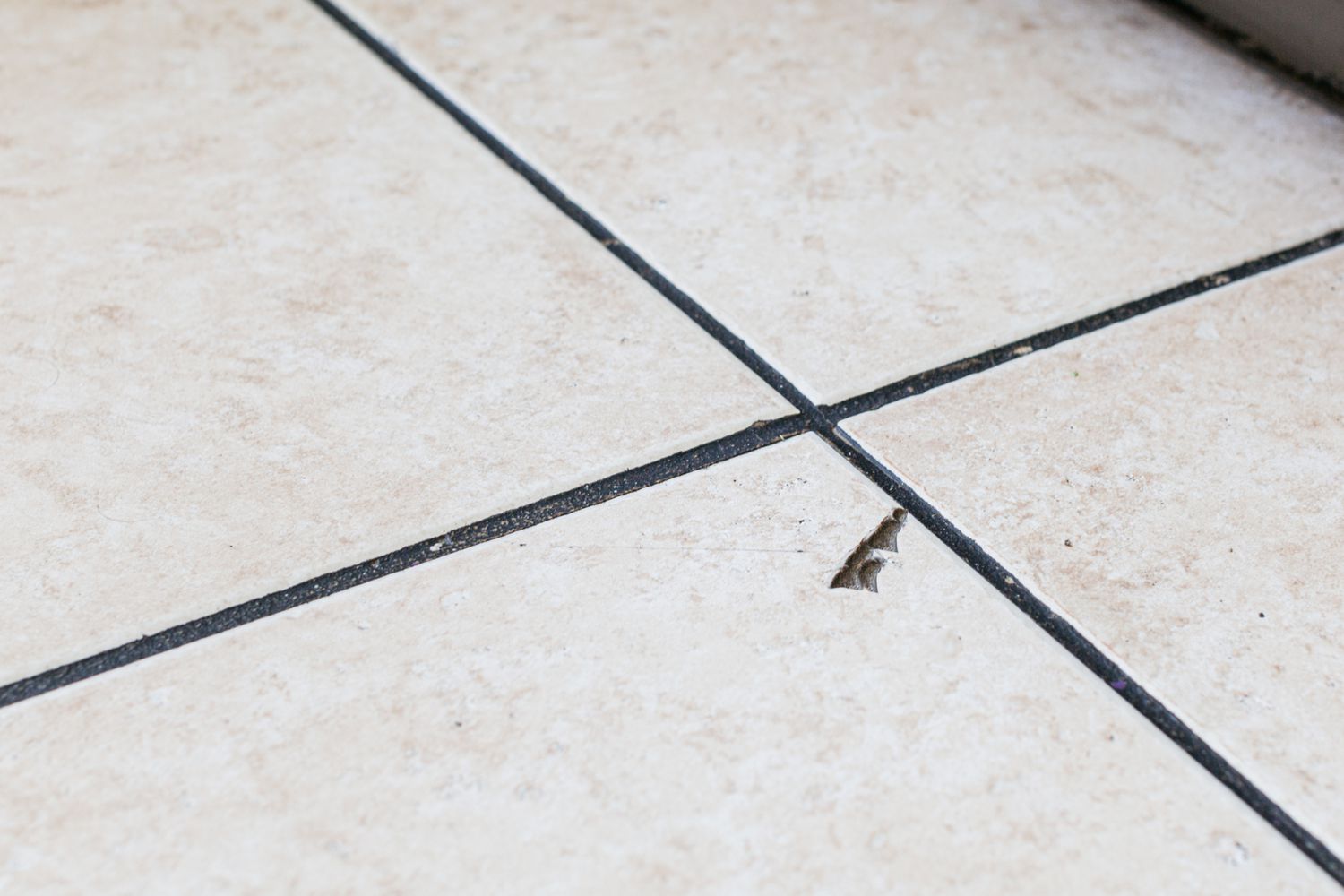Introduction: The Common Dilemma of Cracked Tiles
Cracked tiles are a common issue faced by homeowners in both new and old properties alike. From hairline fractures to major splits, cracked tiles not only detract from the aesthetic appeal of a space but can also pose safety hazards and compromise the integrity of the flooring or walls. Understanding the causes behind cracked tiles and exploring effective solutions is essential for homeowners looking to address this issue comprehensively and prevent future damage.
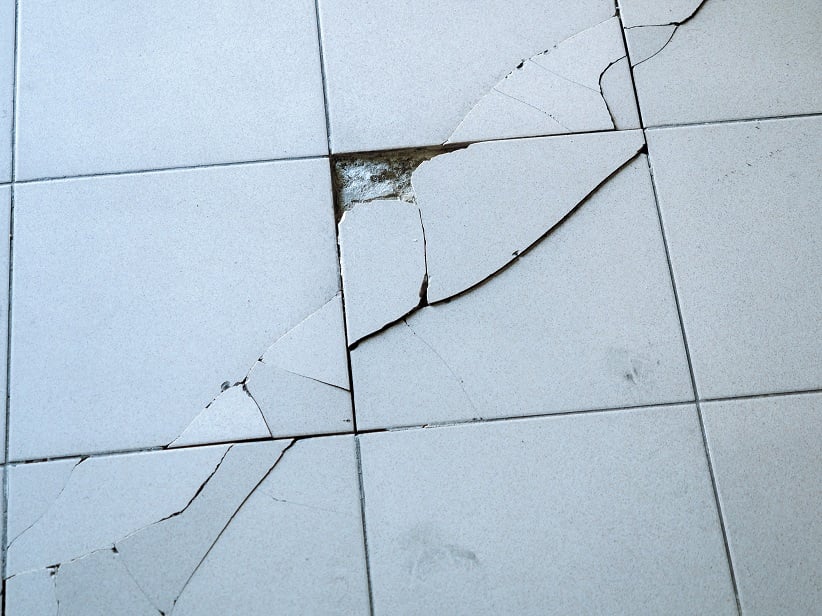
Understanding the Causes of Cracked Tiles
Cracked tiles can result from a variety of factors, ranging from structural issues to improper installation techniques. By identifying the root causes of cracked tiles, homeowners can take proactive measures to mitigate risks and ensure the longevity of their tile surfaces.
1. Substrate Movement and Settlement
One of the primary causes of cracked tiles is substrate movement and settlement. Over time, the underlying surface beneath the tiles may shift, settle, or expand due to factors such as changes in temperature, moisture levels, and soil conditions. This movement can exert pressure on the tiles, leading to cracks and fractures in the tile surface.
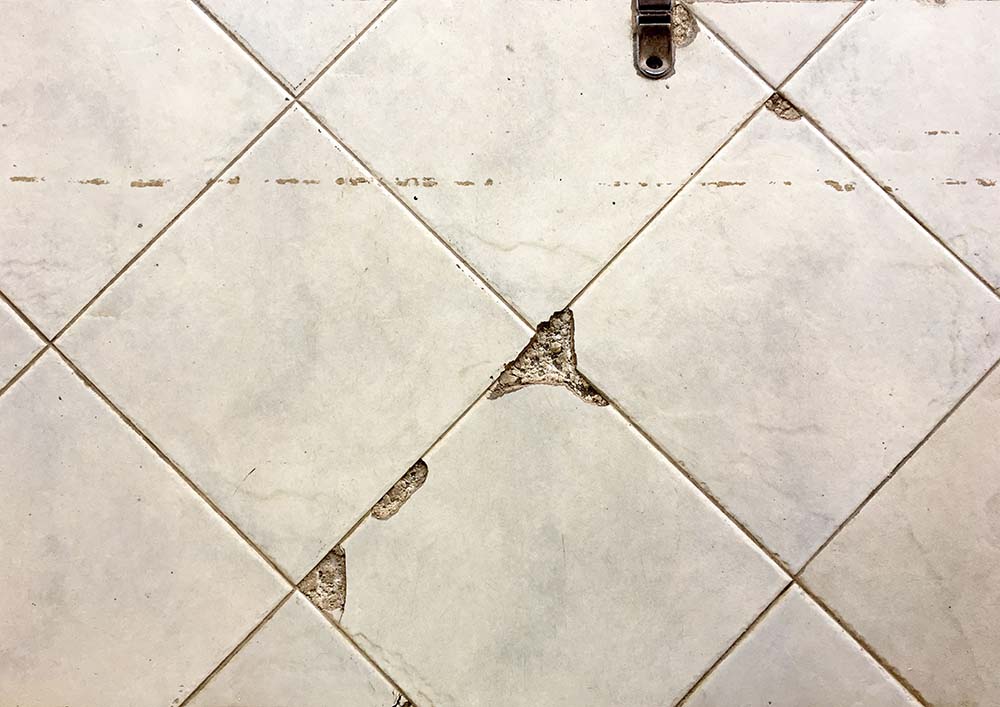
2. Poor Subfloor Preparation
Inadequate subfloor preparation is another common cause of cracked tiles. If the subfloor is not properly leveled, cleaned, and primed before tile installation, it can result in uneven surfaces and weak adhesion between the tiles and the substrate. As a result, the tiles may crack or loosen over time, especially in high-traffic areas or areas prone to moisture exposure.
3. Incorrect Installation Techniques
Improper installation techniques can significantly increase the risk of cracked tiles. Common mistakes include using the wrong type of adhesive or grout, applying uneven pressure during tile placement, and neglecting to allow for expansion and contraction joints. Without proper attention to detail during the installation process, tiles may fail to adhere securely to the substrate, leading to cracking and instability.
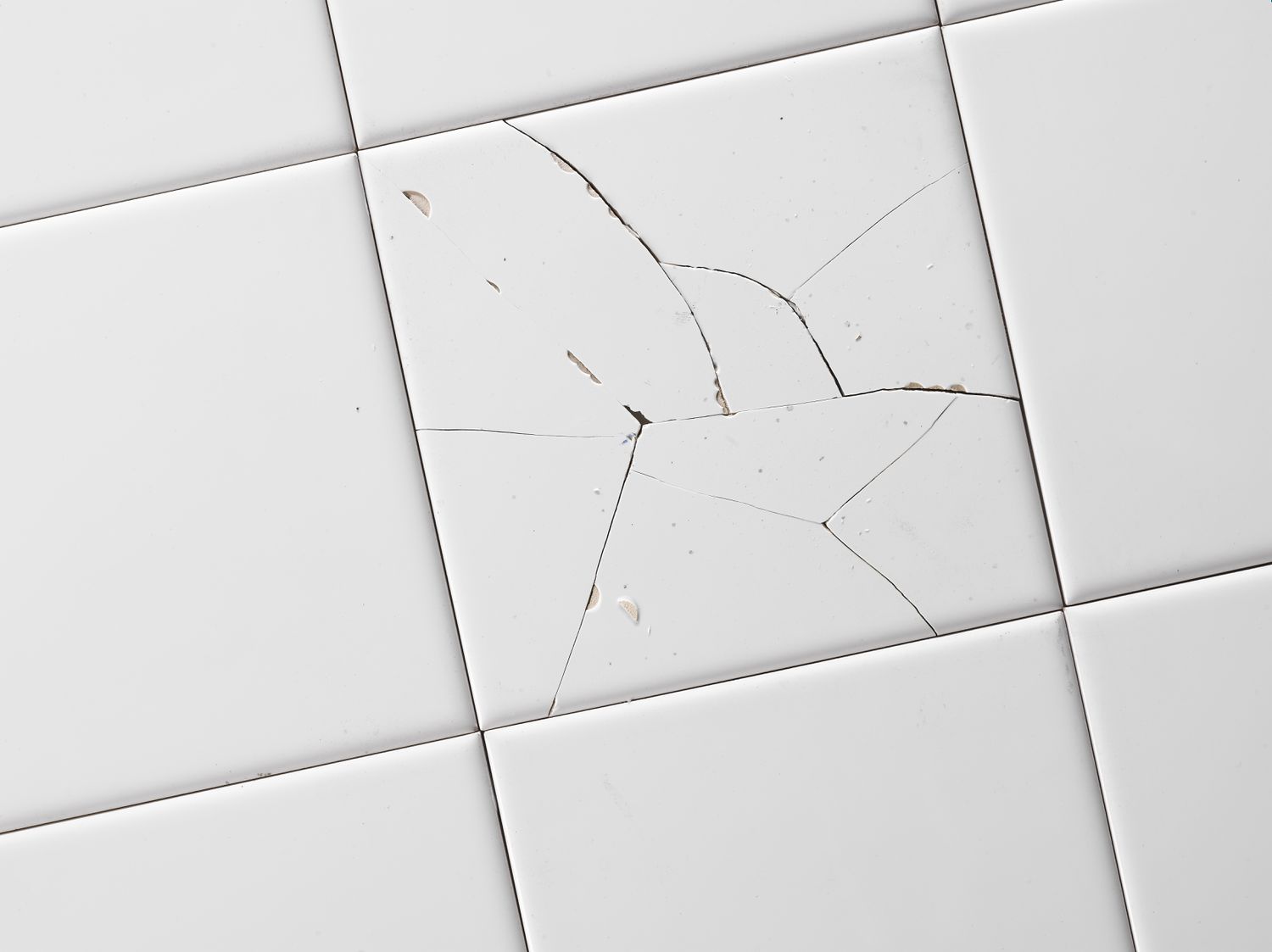
4. Structural Deficiencies
In some cases, cracked tiles may be symptomatic of underlying structural deficiencies within the building. Issues such as foundation settlement, water intrusion, or inadequate structural support can cause the floors or walls to shift or bow, resulting in stress on the tile surfaces. Addressing these structural issues is crucial to prevent further damage and ensure the stability of the tiled area.
Solutions for Cracked Tiles
Addressing cracked tiles requires a systematic approach that addresses both the underlying causes of the damage and the necessary repairs or replacements to restore the integrity of the tile surface. Depending on the severity of the cracks and the underlying issues, homeowners may choose from a variety of solutions to effectively address the problem.
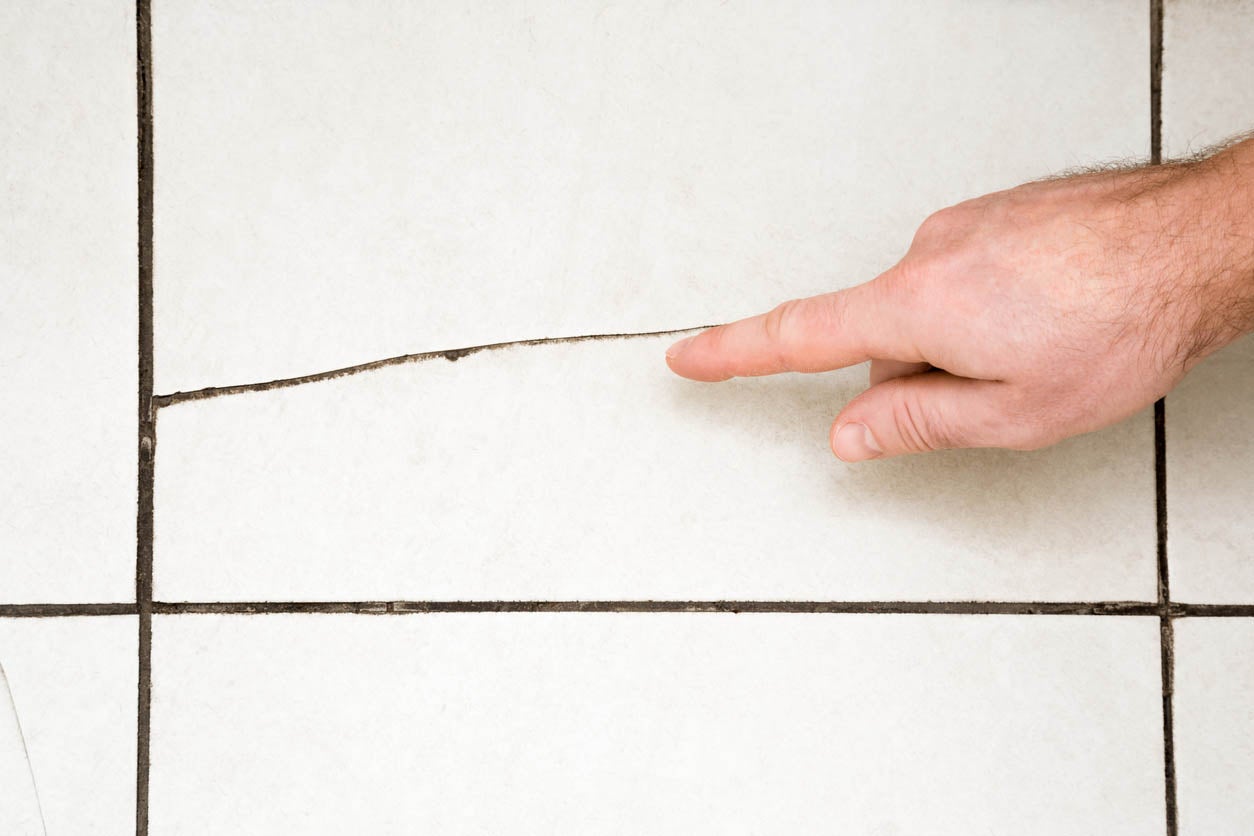
1.Subfloor Stabilization and Reinforcement
To mitigate the effects of substrate movement and settlement, subfloor stabilization and reinforcement may be necessary. This may involve reinforcing the subfloor with additional materials such as plywood or cement backer board, as well as addressing any underlying structural issues that contribute to movement or instability.
2. Proper Subfloor Preparation
Ensuring proper subfloor preparation is essential for preventing cracked tiles. This includes leveling the subfloor, removing any debris or contaminants, and applying a suitable primer to promote adhesion. By taking the time to prepare the subfloor correctly, homeowners can create a stable and secure foundation for tile installation.
3. Professional Installation by Qualified Contractors
For optimal results, homeowners should entrust tile installation to qualified contractors with experience and expertise in the field. Professional installers have the knowledge, skills, and equipment necessary to ensure that tiles are properly installed according to industry best practices, minimizing the risk of cracking and ensuring long-lasting durability.
4. Regular Maintenance and Inspection
Regular maintenance and inspection of tile surfaces are essential for identifying and addressing potential issues before they escalate. Homeowners should routinely inspect their tiles for signs of damage, such as cracks, chips, or loose tiles, and address any problems promptly to prevent further damage or deterioration.
5.Expansion and Contraction Considerations
Another factor contributing to cracked tiles is the lack of consideration for expansion and contraction. Tiles, like all materials, expand and contract in response to changes in temperature and humidity. Failure to accommodate this movement can lead to stress on the tiles, resulting in cracks over time. By incorporating expansion joints and using flexible adhesives and grouts, homeowners can allow for natural movement and minimize the risk of cracked tiles.
6. Impact and Heavy Loads
Sometimes, cracked tiles are the result of direct impact or excessive weight placed on the surface. Dropping heavy objects or moving furniture without proper protection can cause tiles to crack or chip. Similarly, concentrated loads, such as the weight of appliances or furniture legs, can exceed the load-bearing capacity of the tiles, leading to damage. Taking precautions to avoid impacts and distributing heavy loads evenly can help prevent cracked tiles in high-traffic areas.
Effective Repair Solutions for Cracked Tiles
Addressing cracked tiles promptly is essential to prevent further damage and maintain the integrity of the tiled surface. Fortunately, there are several effective repair solutions available to homeowners, depending on the severity of the damage and the type of tile involved.
1. Tile Replacement
For minor cracks or isolated damage, tile replacement may be the most straightforward solution. By carefully removing the damaged tile and replacing it with a new one, homeowners can restore the appearance and functionality of the tiled surface. Matching the replacement tile to the existing tiles in terms of size, color, and texture is crucial to ensure a seamless repair.
2. Epoxy Injection
Epoxy injection is a common method used to repair hairline cracks and small fissures in tiles and grout. This process involves injecting a specialized epoxy resin into the cracks, which fills voids and binds the fractured pieces together. Once the epoxy cures, it forms a durable and waterproof seal that restores the structural integrity of the tile surface.
Conclusion: Preserving the Beauty and Integrity of Tile Surfaces
In conclusion, cracked tiles can present significant challenges for homeowners, compromising the aesthetic appeal and structural integrity of tile surfaces. By understanding the causes behind cracked tiles and implementing effective solutions, homeowners can prevent future damage and preserve the beauty and longevity of their tile surfaces. Whether addressing issues related to substrate movement, subfloor preparation, installation techniques, or structural deficiencies, taking proactive measures to address cracked tiles is essential for maintaining the integrity and value of your home.
